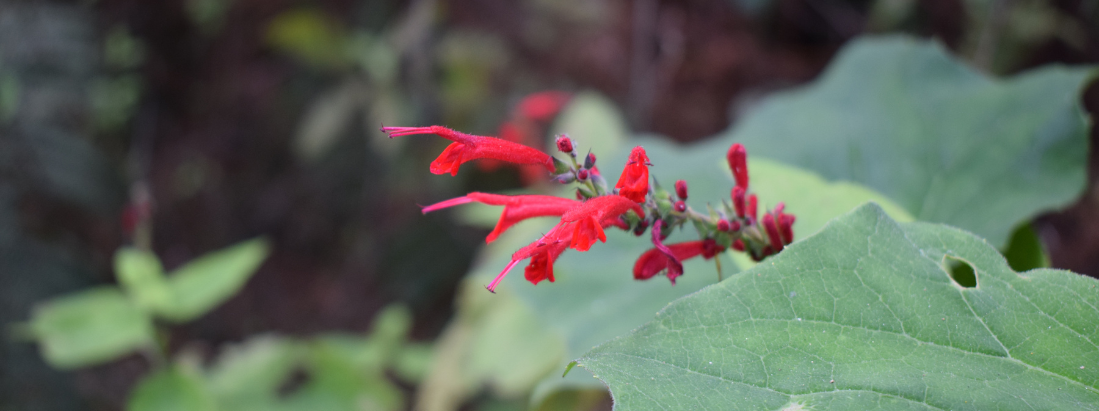
Guatemala
Guatemala was incorporated into the list of the world’s Megadiverse Countries, being the second highest-ranking country in Central America in eco-regional diversity and total number of species of mammals, reptiles, amphibians, birds and plants.
However, the country and its ecosystems have been constantly threatened by stress factors. Because of its topography and vulnerability, Guatemala faces natural disturbances from landslides, floods and others; however, the biggest threat comes from anthropogenic disturbances caused essentially by historical economic models. Those disturbances have generated a permanent disruption in many ecosystems, which has resulted in a reduction by half of the forest cover over half a century, which now makes up only 34 percent of the national territory.
In 2014, various actors from the forest and forest-related sectors assembled in the Roundtable of Forest Restoration and formulated the National Strategy for forest landscape restoration (FLR) as a mechanism for rural development.
The FLR process in Guatemala is, therefore, a response to a local and global need, to a state commitment and to an integrated process linked to an international large-scale initiative.
Key achievements from 2016 to 2018
Awareness and dissemination of the National Forest Landscape Restoration Strategy in the regions of San Marcos and South East Petén:
- development of a communication and dissemination strategy;
- communication material on FLR and mechanisms to establish FLR practices with support of forest incentive;
- opening of two field pilot sites for local capacity development, systematizing local FLR practices and promotion of those practices through technical assistance and support of the capacity development activities; and
- technical assistance to elaborate baseline to monitor changes in the context of the FLR National Strategy.
Institutional and community capacity building:
- technical guidelines for FLR systems and practices, to support the implementation of the law PROBOSQUE;
- preparation and reproduction of extension material;
- the 1st Diploma in FLR for the Western Highlands for community promoters and municipal technicians – 27 people obtained the certificate from San Carlos University;
- training for trainers targeted at technicians included in the Diploma of Climate Change and Landscape Restoration; and
- establishment of 15 demonstrative sites where FLR practices and activities are taking place.
Studies to promote FLR practices:
- facilitation of a national research programme on FLR;
- identification of ten good practices in San Marcos and two good practices in Petén; and systematization of two agroforestry practices for FLR; and
- study of soil restoration dynamics in San Marcos.
Strengthening the National Board on FLR:
- support the implementation of the law PROBOSQUE;
- proposal of guidelines to measure forest degradation in broad-leaved forests (South Petén);
- proposal of a Monitoring, Evaluation and Learning System of the National FLR Strategy; and
- preparation of a Green Climate Fund proposal oriented to the promotion of FLR.
Contacts
FLRM focal point:
Ms Carolina Gallo
